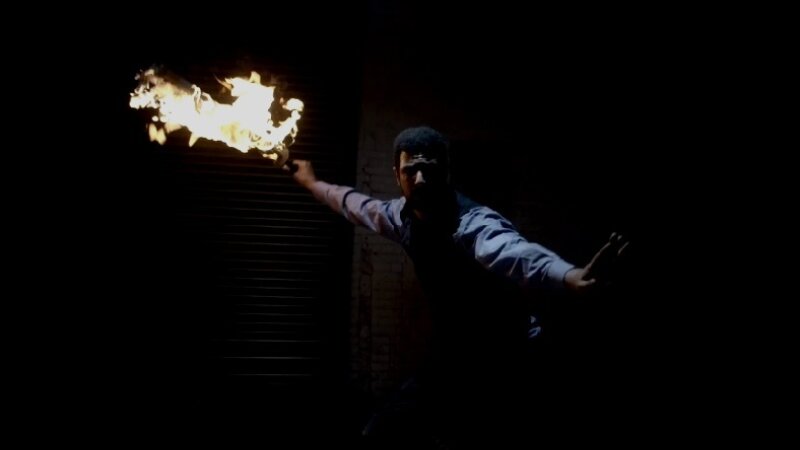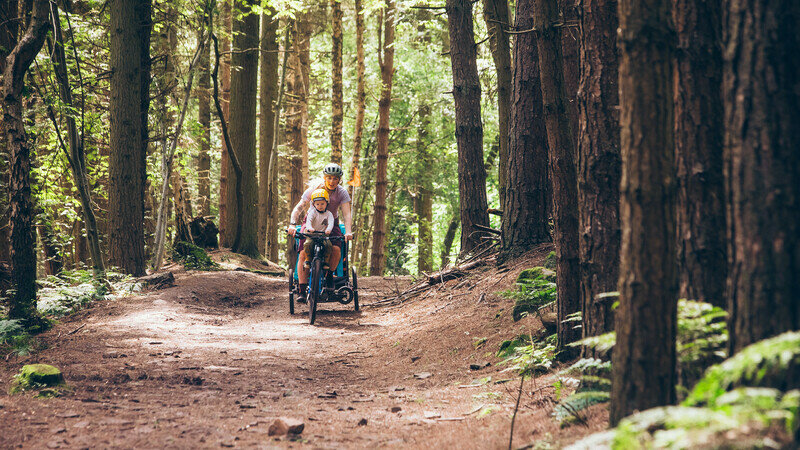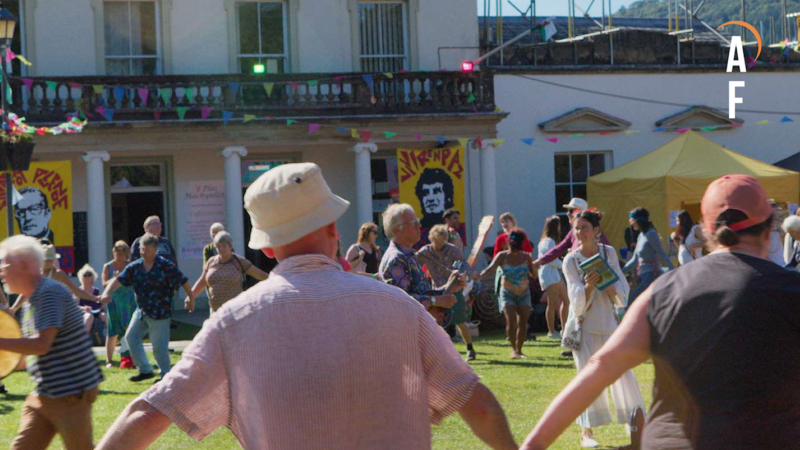Filmreel
Buildings in Film.
The advent of cinema was for all those involved a turbulent and unpredictable affair. The discovery that moving images could be recorded and replayed caused an almost hysterical reaction from artists and audiences alike. As a result, many of the early incarnations of cinema were so infatuated with moving objects themselves that set and movement within an environment were minimal. Action was often played out in front of a two-dimensional painted backboard. Cinema-goers were essentially watching recorded theatre.
Such a quirk seems to us technologically savvy selves to be humorously archaic, but it's understandable considering how revolutionary a moving image was. What better way to comprehend some of the first representational images of a reallife moving object than against unobtrusive backgrounds? The normalisation of cinema brought about innovators who broke away from the quickly stagnating idea that film as a medium is merely a one-directional camera's perspective of action. Arguably the first of these innovators was Edwin S. Porter, whose 1906 film The Great Train Robbery incorporated 12 different sequences edited together to create a dynamic story. For the first time action was taking place within a space and interacting with that space. The first close-up was used - a sheriff's arm shown shooting a gun - and so audiences were introduced to concepts concerning areas of space and how they were presented. These are commonplace now - a close-up suggests tension and a wide shot establishes a scene - but the language of cinema was crafted in reference to the space the shot was composed in.
One of the great cinematic masters, Orson Welles, embodies this innovative approach to space. With films like Citizen Kane and Touch of Evil he cemented the idea that space could be utilised cinematically to great ends. The former film incorporated many techniques of German expressionism and Russian experimentation to compose shots with different parts of action taking place on different planes of depth; a boy plays outside in the background whilst his mother and father talk about him indoors in the midground, then his mother walks into the foreground. Essential action is occurring throughout the image. This approach limited the need for editing as various moments of action essential to the scene play out within the same image, whilst still creating a result which is distinctly cinematic. Touch of Evil's legacy relies heavily on its opening scene. A moving crane shot that lasts just under four minutes manages to establish a scene, create tension and deliver a climactic crescendo all in one take. The camera sweeping through a town allows the audience to understand the environment in which the action is taking place while framing the space in a relevant way so as to guide the narrative.
The spaces in which cinematic action take place rely on the environments the characters inhabit, and no such device has been more useful in developing the relationship between character and environment than that of buildings. Since the early departures from backdrops, buildings have themselves become narrative devices and to an extent characters within their own films. The horror genre is a perfect example of this. Buildings provide a comfortable yet isolated space in which fear can lay dormant. The trend is obvious - Nosferatu creeping up the familial stairs, the Freudian home by the motel in Psycho, the cursed bedroom in The Exorcist and the reclusive holiday nightmare retreat of The Shining - all show that our greatest fears lie in supposed safe havens. Stanley Kubrick - director of the latter film - perfectly encapsulated the effect a building's portrayal can have on our understanding of a character's 'internal' space. Corridors become labyrinths characters get lost in, open doors tempt passers-by with a promise of the unknown and walls groan under the weight of their victims' blood.
Pseudo-misogynazi Lars von Trier - always a fan of bastardising conventions - rejected these established approaches regarding buildings in the first two parts of his USA: Land of Opportunities trilogy. Both films incorporate sparsely minimal sets, and all action takes place on a sound stage, landmarks and buildings defined simply by chalk lines scrawled on the floor accompanied by relevant annotations. Whilst reinforcing the film's status as an artificial construct, this also meant that von Trier could play with the spaces between the actors. Whereas conventionally walls of buildings would separate characters confining their space and how we perceived them, we are suddenly thrown into a world in which we are omnipotent - able to view all action within a town wherever we are placed. This technique is brilliantly reflected in the story as a town quickly turns against an inquisitive, innocent outsider. Plots and conspiracies are formed against the protagonist in the background whilst other members of the town treat her to shallow pleasantries in the foreground. Such clashing tones help to establish a sense of dread that forebodes and hangs heavy over the film until an inevitable ending of undeserved cruelty. )





